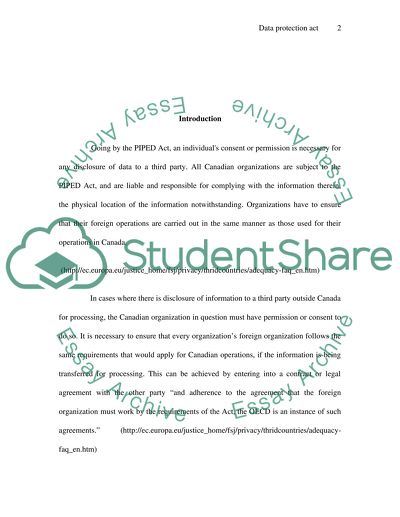Cite this document
(Data Protection Act and Conducting International Trade Assignment, n.d.)
Data Protection Act and Conducting International Trade Assignment. Retrieved from https://studentshare.org/law/1543205-data-protection-act-impact-on-security-on-canada-it-security
Data Protection Act and Conducting International Trade Assignment. Retrieved from https://studentshare.org/law/1543205-data-protection-act-impact-on-security-on-canada-it-security
(Data Protection Act and Conducting International Trade Assignment)
Data Protection Act and Conducting International Trade Assignment. https://studentshare.org/law/1543205-data-protection-act-impact-on-security-on-canada-it-security.
Data Protection Act and Conducting International Trade Assignment. https://studentshare.org/law/1543205-data-protection-act-impact-on-security-on-canada-it-security.
“Data Protection Act and Conducting International Trade Assignment”, n.d. https://studentshare.org/law/1543205-data-protection-act-impact-on-security-on-canada-it-security.


